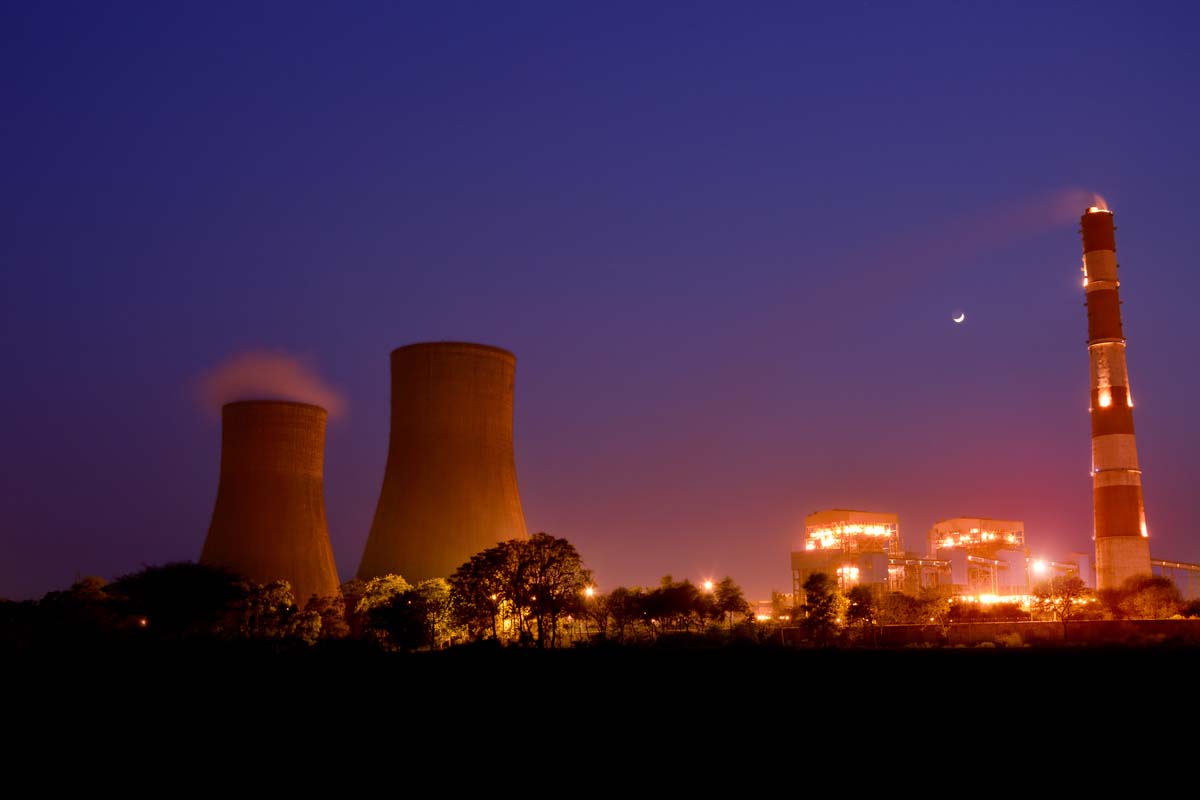Coal shortage in India
Currently, India is undergoing a second major power crisis since October 2021.
Why is India facing coal shortage?
- The main reason for the coal shortage is the increasing power demand. In 2022, the demand increased to 132 billion units (BU) per month, from 106.6 BU a month in 2019.
- Another reason is the reduction in coal imports. The global coal prices increased due to global energy shortage and supply disruptions caused by the Russia-Ukraine war.
- There are also supply constraints within India due to shortage of rail rakes. The number of trains committed by the Indian Railways per day is 415, which is 8.4% lower than the 453 required by the power utilities.
Why there is an increase in power consumption?
Power consumption increased due to unprecedented heatwave in the north and west India that has boosted demand for electricity, especially domestic and agricultural load.
What is the extent of the coal shortage?
- At more than 100 thermal power plants in India, that meets 70% of India’s electricity demand, coal stocks have fallen below 25% of the required stock (critical mark).
- In over 50 thermal plants, the coal stock has depleted below the 10% mark.
- Coal inventories at power plants had an average stock of nine days as of April 1, the lowest since at least 2014.
How much coal stocks should thermal power plants have?
The government guidelines recommend power plants to have at least 24 days of coal stock on average.
What is the impact of the coal shortage?
- The electricity supply in the country fell short of demand by 1.88 billion units, or 1.6%, during the first 27 days of April, due to a shortage of coal.
- Since the start of April, Jharkhand has been facing an average supply shortage of 10-12%, the worst in the country.
- Andhra Pradesh, which is home to plants operated by automakers such as Kia Motors and drug manufacturers such as Pfizer, is facing an electricity deficit of 8.7%, pushing it to resort to widespread power cuts.
Which states are facing power cuts?
Several states across India, including Andhra Pradesh, Gujarat, Maharashtra, Jharkhand, Bihar, Haryana, and Uttarakhand, are reeling under long power cuts to meet the increased demand for electricity.
What is the impact of power cuts on the economy?
Power cuts could stifle industrial activity. For example, Facor Alloys, a producer of ferrochrome which is used in manufacturing stainless steel, recently said that it will reduce output by 50% due to the power cuts in Andhra Pradesh.
What is the share of coal in India’s power output?
70% of India’s baseload power generation capacity is met by coal-fired thermal power plants.
What steps are being taken by the government to tackle the coal shortage?
- The Centre has allowed states to use their captive coal reserves up to 25% to meet growing domestic demand.
- Recently, the Indian Railways decided to cancel 753 trips involving 42 passenger trains to prioritize the delivery of coal rakes across India.
What are the reforms in the coal sector introduced by the Centre last year?
In 2020, the Centre introduced mining reforms to end Coal India Limited’s (CILs) monopoly on India’s coal manufacturing. The reforms allowed commercial mining in the coal sector. Any party can bid for coal mines instead of only captive consumers (i.e companies that use coal for running their businesses). However, the reforms were criticized for harming the tribal population and forests.
Month: Current Affairs - May, 2022
Category: Economy & Banking Current Affairs


